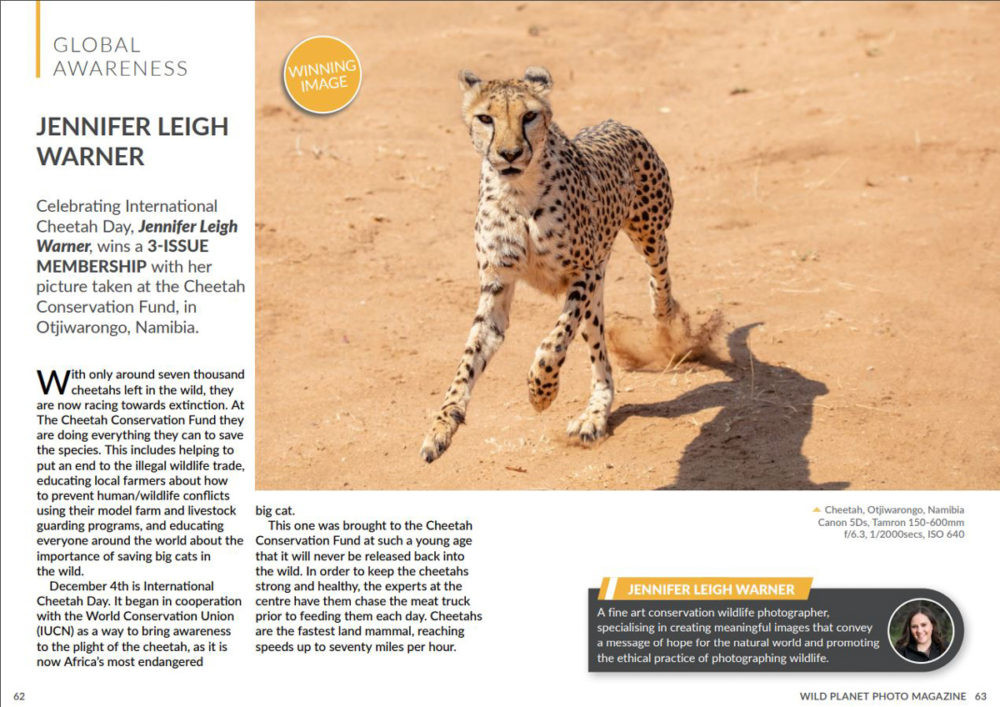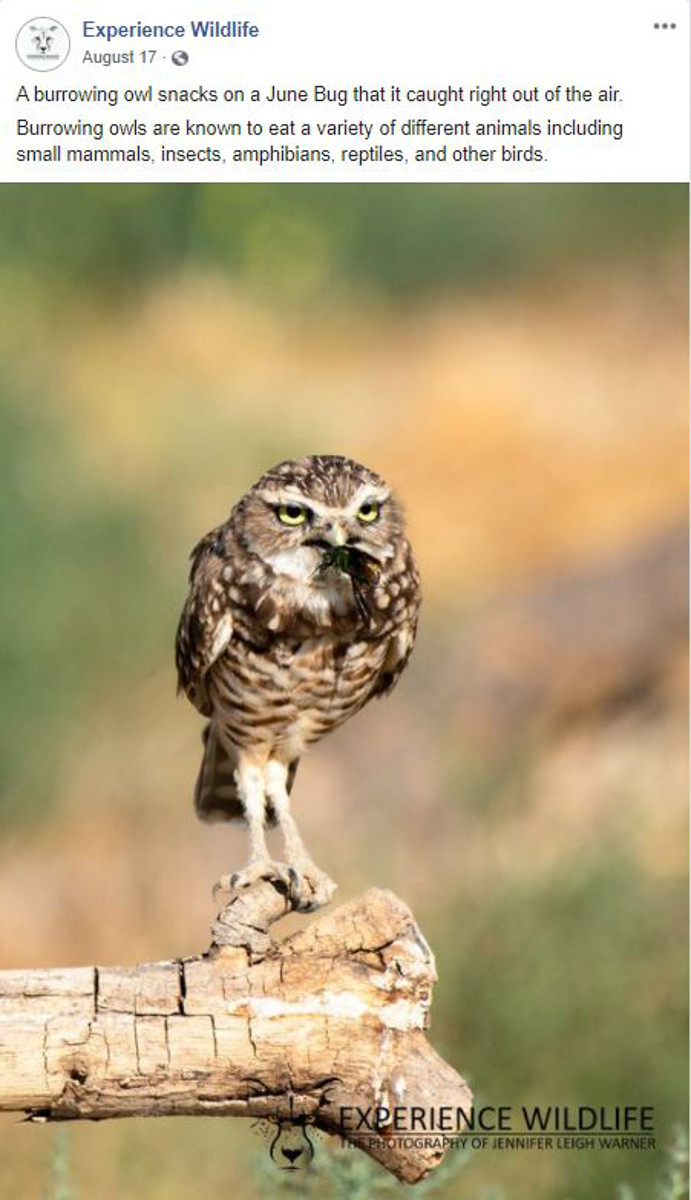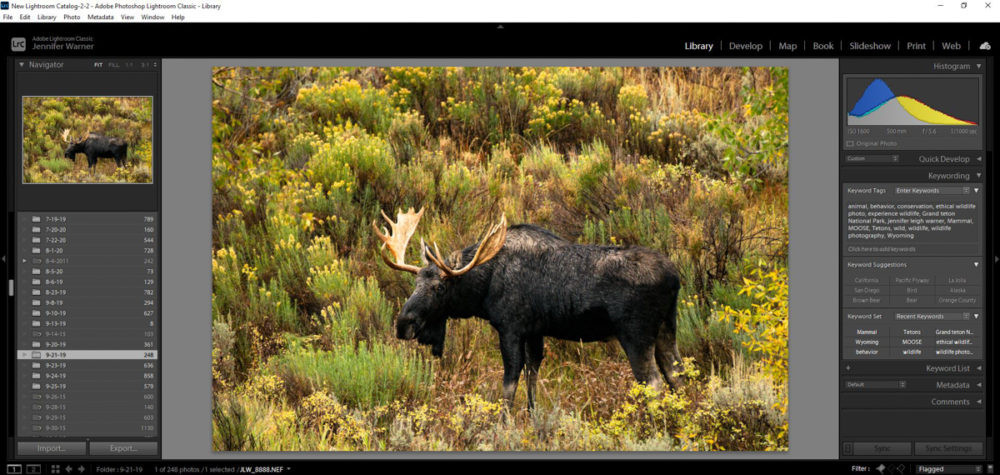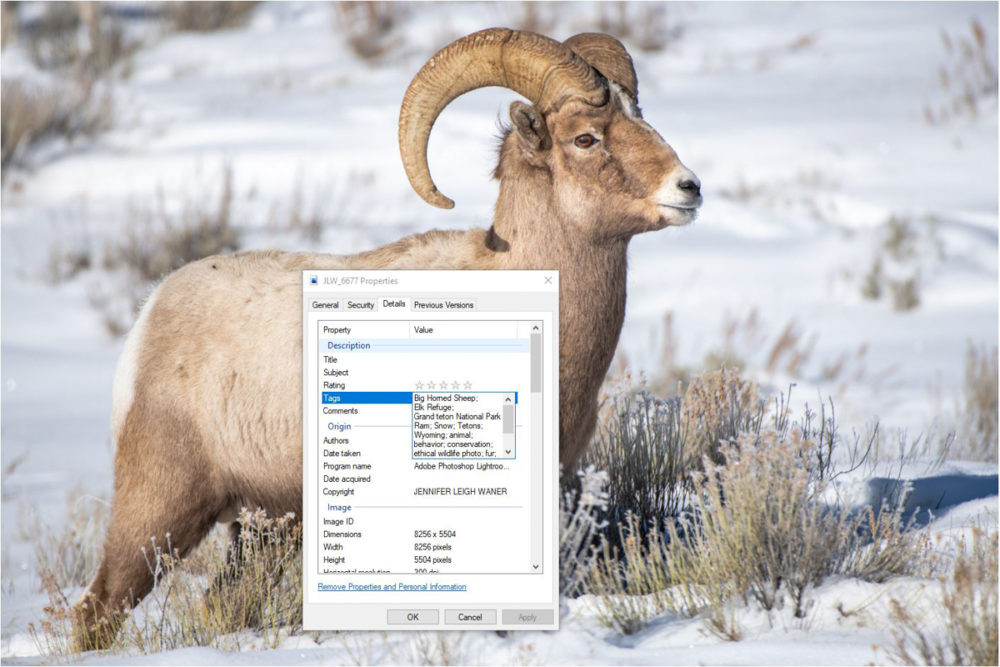It’s an exhilarating step for any photographer to transition from reviewing images on the camera screen to sharing them with a global audience. Thoughts race through your mind: “How will people react to my work?” and “Can my photos change perspectives?” Amidst this excitement, it’s vital to remember your ethical duty: providing accurate and informative captions. Captions are not just afterthoughts; they are crucial for enriching the viewer’s experience and understanding.
 Photo of a cheetah with caption. Note that the caption for this image, published in Wild Planet Photo Magazine, details camera settings as well as the captive nature of the subject, including location where the image was photographed.
Photo of a cheetah with caption. Note that the caption for this image, published in Wild Planet Photo Magazine, details camera settings as well as the captive nature of the subject, including location where the image was photographed.
Why Effective Photo Captions Are Indispensable
A caption is much more than a simple label attached to your photograph. While it certainly identifies the subject matter, a well-crafted caption delivers essential context and supplementary details. Think of captions as bridges that connect your visual story with deeper layers of meaning. They can unlock a richer understanding for the viewer, whether it’s illuminating animal behaviors, detailing technical photographic information, or reinforcing ethical and safe photography practices. Mastering the art of captioning is simpler than you might think and significantly elevates your photography’s impact.
 The caption for this image of burrowing owl posted on social media indicates species name and a description of what is happening in the image. However, for the protection of the nesting owl, location data is purposefully missing.
The caption for this image of burrowing owl posted on social media indicates species name and a description of what is happening in the image. However, for the protection of the nesting owl, location data is purposefully missing.
Tailoring Captions to Different Audiences
The approach to captioning should be adaptable, depending largely on who you expect to view your photos. If your audience consists primarily of fellow photographers, you might prioritize technical specifications. This could include the camera brand and model, lens details, and specific camera settings used to capture the image. Many photography publications often require this level of technical information in captions, as their readership frequently seeks to understand the equipment and techniques behind compelling images.
For images shared on social media platforms, captioning guidelines are generally less stringent. However, providing key details such as the subject’s name, location, and a brief explanation of the subject’s behavior or the significance of the scene can significantly enhance viewer engagement. These details help viewers connect more deeply with your photograph and understand your motivation for taking it.
When dealing with sensitive subjects, particularly in nature photography, omitting precise location data can be a responsible choice. This practice can protect vulnerable subjects, like nesting owls, from potential disturbance or harm from well-intentioned but overzealous individuals. The growing movement on platforms like Instagram advocating for responsible location tagging underscores the importance of this consideration in preserving fragile environments.
Furthermore, consider adding information about any specialized equipment that played a crucial role in capturing your image. For instance, if you present a close-up portrait of a bear, mentioning the use of a 600mm lens with a 2x teleconverter, and noting any cropping, clarifies how you achieved such an intimate perspective while maintaining a safe distance, adhering to ethical wildlife photography practices like NANPA’s Ethical Field Practices.
Descriptive captions that explain specific wildlife behaviors, the ecological importance of a plant or insect, or the unique characteristics of a landscape, such as a cypress swamp, greatly enrich the viewing experience. They help viewers appreciate the nuances and significance of your subject, fostering a deeper connection with the natural world.
Embedding Photo Captions in Metadata
Whenever feasible, it’s best practice to embed your photo captions directly into the image’s metadata. By including caption information within the image file itself, the data remains attached to the image as it circulates online. This ensures that viewers, even those you may never directly interact with, receive the intended context and information. Metadata also allows for the inclusion of image tags and personal information, which significantly enhances the image’s searchability online.
Embedding captions and related information in metadata also serves to protect your copyright and facilitates others interested in your subjects or photographic work to find and connect with you.
 This image of a bull moose, photographed in Grand Teton National Park, Wyoming, is being processed in Adobe Lightroom with relevant metadata added to the image file.
This image of a bull moose, photographed in Grand Teton National Park, Wyoming, is being processed in Adobe Lightroom with relevant metadata added to the image file.
Five Must-Have Elements for Compelling Photo Captions
When crafting your captions, aim to incorporate these five essential elements to maximize their effectiveness:
- The What: Provide an informative description of the image’s subject. Clearly state what is depicted in the photograph.
- The When: Specify the time of year the image was taken. Seasonal context can be crucial for understanding natural phenomena and behaviors.
- The Where: Mention the location where the photo was captured. Geographic context adds another layer of understanding and can be vital for certain subjects.
- The How (Photographed): Truthfully disclose the conditions under which the image was taken. This includes ethical considerations and any techniques employed to minimize impact on the subject or environment.
- The How (Post-processed): Be transparent about any post-processing and digital manipulation applied to the image. Honesty in this aspect builds trust and informs viewers about the nature of your work.
By consistently including these five elements, your photo captions will be significantly more effective in shaping viewers’ understanding and attitudes toward your subjects. This, in turn, amplifies the positive impact your images can have, especially in fields like nature and conservation photography.
 This image of a bighorn sheep in the National Elk Refuge in Wyoming shows how the image tags made in Adobe Lightroom are carried over to the image.
This image of a bighorn sheep in the National Elk Refuge in Wyoming shows how the image tags made in Adobe Lightroom are carried over to the image.
Useful Terminology for Photo Captions: Ensuring Clarity and Ethics
NANPA’s Truth in Captioning Statement offers valuable guidance on terms that enhance caption clarity, particularly regarding how an image was captured. Incorporating these terms can significantly improve viewer understanding and promote ethical photography. Key terms include:
- Wild: This term designates an animal living freely in its natural habitat, unrestricted by artificial boundaries, except for protected preserves. It signifies a natural, undomesticated state.
- Captive: “Captive” describes an animal living under human care for an extended period. This encompasses animals in zoos, game farms, rescue facilities, research institutions, and falconry. Naming the specific facility in the caption can further clarify the animal’s captive status and is often required by educational and documentary platforms.
- Controlled: This term applies to animals temporarily under human control, but otherwise wild. Examples include animals photographed in cages, nets, traps, temporary aquariums, or under sedation or restraint.
- Baited: “Baited” indicates the use of live, dead, or artificial food to attract predatory species like birds, mammals, or reptiles for photography.
- Attracted: “Attracted” is used when non-predatory animals are drawn using food, water, scents, audio, decoys, or any other introduced means. It also applies to using non-food attractants, such as decoys, for predatory species.
In many situations, providing additional context about your photographic process can educate viewers and inspire responsible photography practices. For example:
- For images taken on public lands with restricted access, captions can state “taken under permit” or “with appropriate permission.”
- Wildlife photographs taken in collaboration with biologists to minimize environmental impact can mention “guidance and supervision provided.”
- Images captured using remote cameras can acknowledge the technology’s role in minimizing disturbance to sensitive landscapes.
Such captioning not only informs viewers but also discourages others from attempting similar photographs without proper authorization, precautions, and expertise.
Transparency also extends to digital post-processing. Using specific terms can help viewers distinguish between documentary images and artistically interpreted ones:
- “As Shot”: This indicates the image is unaltered in terms of content. Standard adjustments like contrast, brightness, saturation, cropping, sharpening, spot removal, and noise reduction may be applied.
- “Cleanup”: Minor, non-essential elements (e.g., a stray stick) have been removed. No new elements have been added.
- “Manipulated”: Significant elements have been removed or added, while the scene’s basic natural history at the time of capture is maintained. Examples include extending canvas, replacing eyes, or adding wing tips.
- “Composite”: Visual elements from multiple separate images are combined to create a new scene. This includes replacing backgrounds or adding subjects from different photos.
- “Multiple Exposures”: The image comprises multiple single exposures, whether captured at the same location and time, different times, or different locations. Techniques like HDR, panoramas, focus stacking, and in-camera multiple exposures fall under this category. Captions can specify the technique used (e.g., “HDR,” “stitched panorama”).
- “Effects”: Artistic filters or textures have been applied, dramatically altering the image’s appearance beyond what could occur naturally.
As nature photographers and visual storytellers, every image we share presents an opportunity to educate and inspire. Whether published in prestigious magazines, displayed in galleries, shared on social media, or featured in blogs, thoughtful captions amplify our work’s impact. By applying these captioning tips, we can anticipate our audience’s informational needs, ensuring our photographs not only showcase nature’s beauty but also contribute to its long-term preservation, reaching and influencing viewers far beyond our immediate circles.

